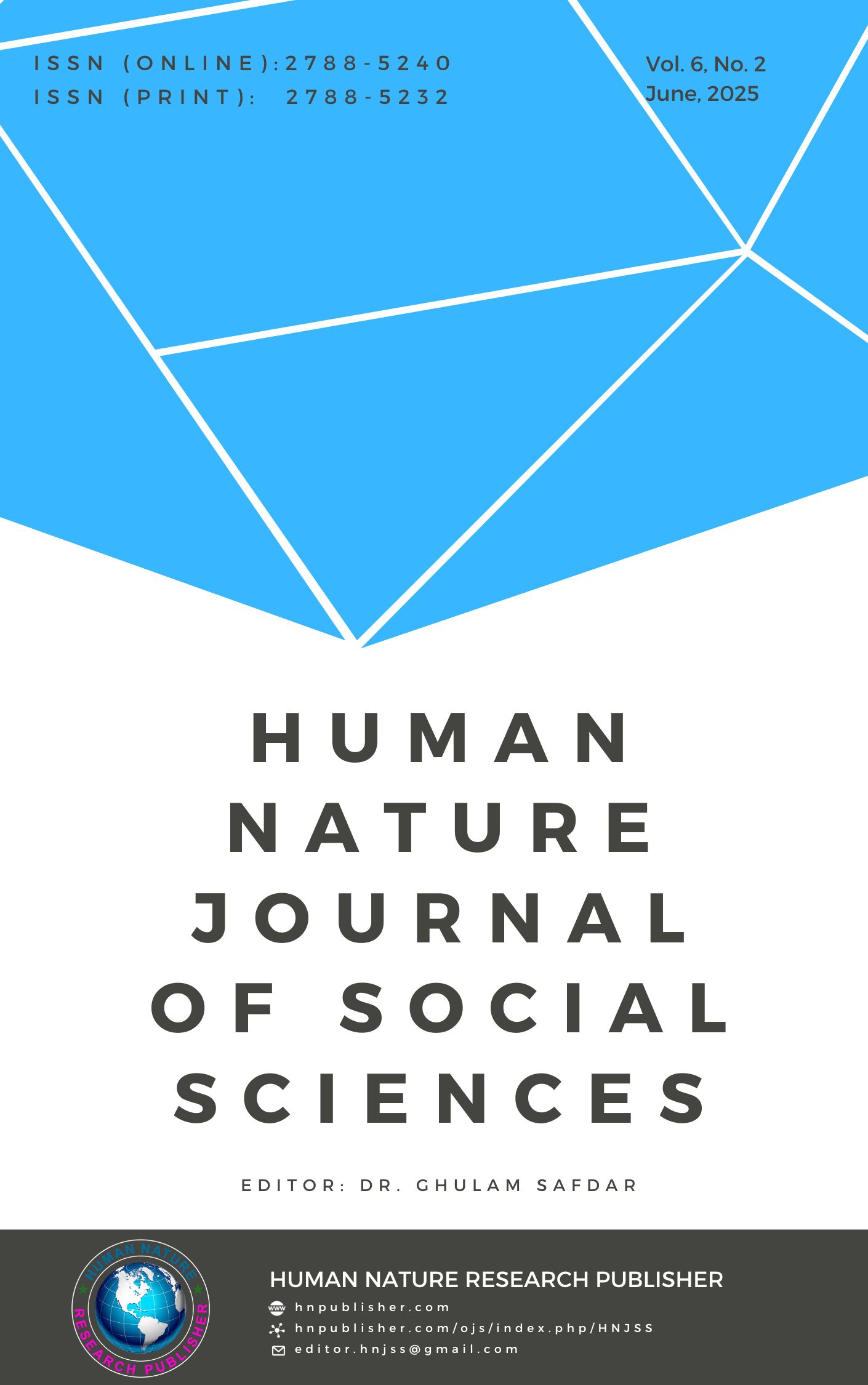Dynamics of Electoral Politics in Punjab: A Case Study of Elections 2018 and 2024 in Faisalabad
DOI:
https://doi.org/10.71016/hnjss/dsrmwr66Keywords:
Electoral Politics, Voting Behavior, Political Parties, Biradarism, Elections, CasteAbstract
Aim of the Study: Faisalabad, located in Punjab, has a significant political presence. It is known for its active participation in national and provincial politics. Various political parties have a strong presence and influence in the region, making it a politically vibrant city. Faisalabad’s political dynamics involve multiple parties like PML-N, PTI, and PPP. In this context, this research entails a quantitative and qualitative study of the main electoral trends of Faisalabad with special reference to the elections of 2018-2024. The research sought to uncover the truths regarding regional politics and shed light on various facets of social culture to foster additional intellectual discourse.
Methodology: The research combined both qualitative and quantitative methods. The researchers have analyzed primary sources, including questionnaires and interviews. The main group in the study included 52 individuals chosen through purposive sampling. Most of the data was gathered through interviews. Selected respondents from Faisalabad, representing different parts of the community, completed the survey. The questionnaire was made up entirely of closed questions, which helped analyze voters’ opinions through numbers.
Findings: The finding insights into how elections work in Punjab. They highlight the links between local issues and larger political trends. Both caste and party ties play key roles in election outcomes. These factors influence how people vote and shape the process. Understanding these relationships helps explain why elections turn out the way they do. It shows how community bonds and political loyalty are central to voting behavior.
Conclusion: The research revealed public opinion, political leaders, and officials who shaped the political scene in Punjab, especially in Faisalabad. These views had a big impact on the recent two elections. Several factors influenced election results, including political grouping, rural-urban divide, biradarism, party affiliation, and issue-based politics. All these elements played a key role in shaping how people voted and who won.
Downloads
Published
Issue
Section
License
Copyright (c) 2025 Dr. Sidra Akram, Ulfat Bibi, Zeeshan Qamar (Author)

This work is licensed under a Creative Commons Attribution-NonCommercial 4.0 International License.








